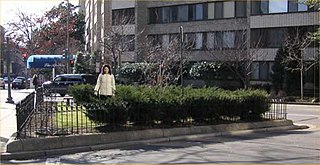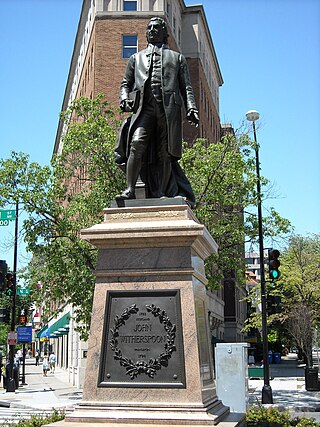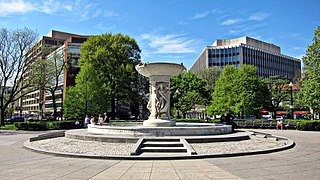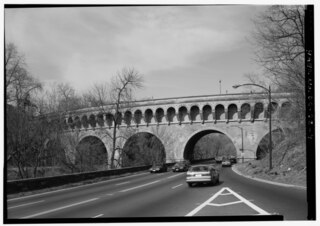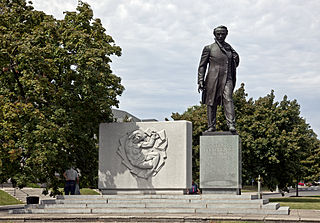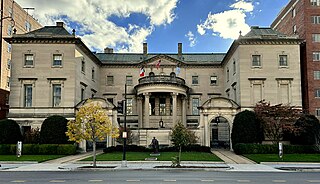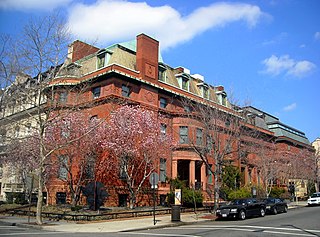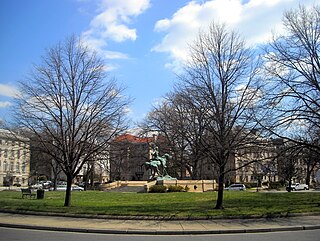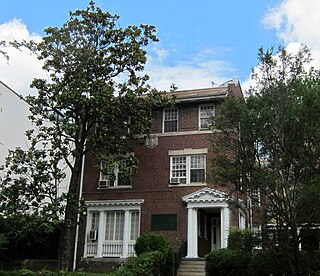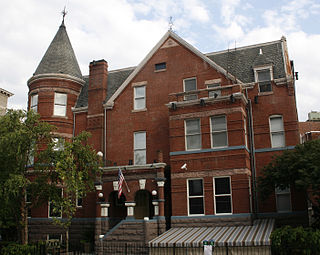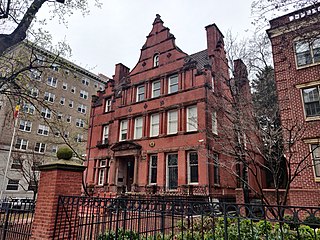Self-guided Sightseeing Tour #13 in Washington, United States
Legend
Tour Facts
5.8 km
101 m
Experience Washington in United States in a whole new way with our free self-guided sightseeing tour. This site not only offers you practical information and insider tips, but also a rich variety of activities and sights you shouldn't miss. Whether you love art and culture, want to explore historical sites or simply want to experience the vibrant atmosphere of a lively city - you'll find everything you need for your personal adventure here.
Individual Sights in WashingtonSight 1: Sonny Bono Park
Sonny Bono Memorial Park is a public park in Washington, D.C., at the intersection of 20th Street NW, New Hampshire Avenue NW, and O Street NW, near Dupont Circle. It is named for entertainer and politician, Sonny Bono, who died in a skiing accident in 1998. The park was established later that year by Bono family friend, Geary Simon, a local real estate developer. He approached the District of Columbia Department of Parks and Recreation's Adopt-a-Park program and paid over $25,000 of his own money to revitalize an unused 800-square-foot (74 m2) triangle of grass on a traffic island. His improvements to the park included plumbing, landscaping, and installing new furniture.
Sight 2: John Witherspoon Statue
Doctor John Witherspoon is a bronze sculpture and granite pedestal which depicts John Witherspoon, a Presbyterian minister, member of Congress, and signer of the Declaration of Independence. Born in Scotland, Witherspoon immigrated to the U.S. in the 1760s and later became president of the College of New Jersey. He strongly supported the Thirteen Colonies in their fight to obtain freedom from the United Kingdom of Great Britain and Ireland.
Sight 3: Dupont Circle
Dupont Circle is a historic roundabout park and neighborhood of Washington, D.C., located in Northwest D.C. The Dupont Circle neighborhood is bounded approximately by 16th Street NW to the east, 22nd Street NW to the west, M Street NW to the south, and Florida Avenue NW to the north. Much of the neighborhood is listed on the National Register of Historic Places. However, the local government Advisory Neighborhood Commission and the Dupont Circle Historic District have slightly different boundaries.
Sight 4: Mohandas K. Gandhi Statue
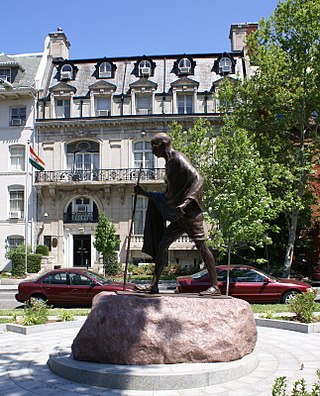
The Mahatma Gandhi Memorial is a public statue of Mahatma Gandhi, installed on a triangular island along Massachusetts Avenue, in front of the Embassy of India, Washington, D.C., in the United States. A gift from the Indian Council for Cultural Relations, it was dedicated on September 16, 2000 during a state visit of Indian Prime Minister Atal Bihari Vajpayee in the presence of US President Bill Clinton.
Sight 5: Tomáš Garrigue Masaryk Statue
The statue of Tomáš Garrigue Masaryk consists of a statue of Tomáš Masaryk, the founding President of Czechoslovakia, sited in a small hardscaped park. The memorial was established by the non-profit American Friends of the Czech Republic, which obtained an Act of Congress to authorize the site, raised the funding, and oversaw the design and construction. The statue was in part a gift from the Czech Republic. The memorial was dedicated on Embassy Row on September 19, 2002, with the participation of Czech President Václav Havel, former Slovak President Michal Kováč, and Prague-born former U.S. Secretary of State Madeleine Albright.
Sight 6: Q Street Northwest
The Dumbarton Bridge, also known as the Q Street Bridge and the Buffalo Bridge, is a historic masonry arch bridge in Washington, D.C.
Sight 7: Taras Shevchenko Statue
The Taras Shevchenko Memorial is a bronze statue and stone relief-adorned wall located on the 2200 block of P Street NW in the Dupont Circle neighborhood of Washington, D.C., United States. It is one of many monuments in Washington, D.C. that honor foreign heroes who symbolize freedom in their native countries. Sculpted by Leo Mol, the memorial honors Taras Shevchenko (1814–1861), a Ukrainian poet and artist who influenced the development of modern Ukrainian literature.
Sight 8: Anderson House
Anderson House, also known as Larz Anderson House, is a Gilded Age mansion located at 2118 Massachusetts Avenue, NW, on Embassy Row in the Dupont Circle neighborhood of Washington, D.C. It now houses the Society of the Cincinnati's international headquarters and a research library on 17th- and 18th-century military and naval history and the art of war. It is also open to the public as a historic house museum about life in Washington in the early 20th century.
Sight 9: The Phillips Collection
The Phillips Collection is an art museum founded by Duncan Phillips and Marjorie Acker Phillips in 1921 as the Phillips Memorial Gallery located in the Dupont Circle neighborhood of Washington, D.C. Phillips was the grandson of James H. Laughlin, a banker and co-founder of the Jones and Laughlin Steel Company.
Sight 10: Sheridan Circle
Sheridan Circle is a traffic circle and park in the Sheridan-Kalorama neighborhood of Washington, D.C. The traffic circle, one of two in the neighborhood, is the intersection of 23rd Street NW, Massachusetts Avenue NW, and R Street NW. The buildings along this stretch of Massachusetts Avenue NW are part of Embassy Row, which runs from Scott Circle to Observatory Circle. Sheridan Circle is a contributing property to the Massachusetts Avenue Historic District and the Sheridan-Kalorama Historic District, both listed on the National Register of Historic Places (NRHP). In addition, the equestrian statue of General Philip Sheridan is 1 of 18 Civil War Monuments in Washington, D.C., that were collectively listed on the NRHP.
Sight 11: American Fazl Mosque
The Fazl Mosque in Washington, D.C. was established by the Ahmadiyya Muslim Community in 1950 and is the first mosque in the U.S. capital of Washington, D.C. Its full title is the American Fazl Mosque, which helps to distinguish it from its sister mosque, the Fazl Mosque, London, both of which were the first mosques in the capitals of the U.S. and the U.K., respectively. Located a few minutes from the White House, and neighboring several embassies, Fazl Mosque opened seven years prior to the Islamic Center of Washington and is the longest serving mosque in the nation's capital.
Sight 12: Laogai Museum
The Laogai Museum is a museum in Dupont Circle, Washington, D.C., United States, which showcases human rights in the People's Republic of China, focusing particularly on Láogǎi, the Chinese prison system of "Reform through Labor". The creation of the museum was spearheaded by Harry Wu, a well-known Chinese dissident who himself served 19 years in laogai prisons; it was supported by the Yahoo! Human Rights Fund. It opened to the public on 12 November 2008, and Wu's non-profit research organization calls it the first museum in the United States to directly address the issue of human rights in China. It is now permanently closed.
Sight 13: National Museum Of American Jewish Military History
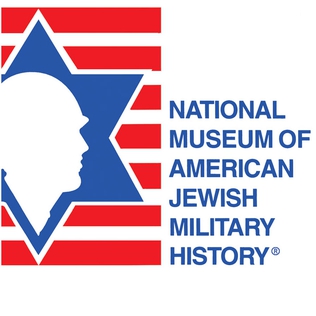
The National Museum of American Jewish Military History (NMAJMH) was founded September 2, 1958, in Washington, D.C., to document and preserve "the contributions of Jewish Americans to the peace and freedom of the United States...[and to educate] the public concerning the courage, heroism and sacrifices made by Jewish Americans who served in the armed forces." It operates under the auspices of the Jewish War Veterans of the United States of America (JWV), National Memorial, Inc. (NMI), and is located at 1811 R Street NW, Washington, D.C., in the Dupont Circle area, in the same building that houses the JWV National Headquarters.
Wikipedia: National Museum of American Jewish Military History (EN), Website
Sight 14: Toutorsky Mansion
The Toutorsky Mansion, also called the Brown-Toutorsky House, is a five-story, 18-room house located at 1720 16th Street, NW in the Dupont Circle neighborhood of Washington, D.C. Since 2012, it has housed the Embassy of the Republic of the Congo.
Sight 15: Stead Park Recreation Center
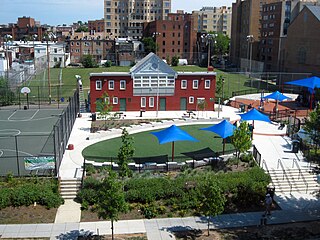
Stead Park is a 1.5-acre municipal park located in the Dupont Circle neighborhood of Northwest Washington, D.C. Among its facilities are Stead Recreation Center, located at 1625 P Street NW; a lighted basketball court; an athletic field with a 60-foot (18 m) baseball diamond; and a playground.
Share
How likely are you to recommend us?
Disclaimer Please be aware of your surroundings and do not enter private property. We are not liable for any damages that occur during the tours.
GPX-Download For navigation apps and GPS devices you can download the tour as a GPX file.
